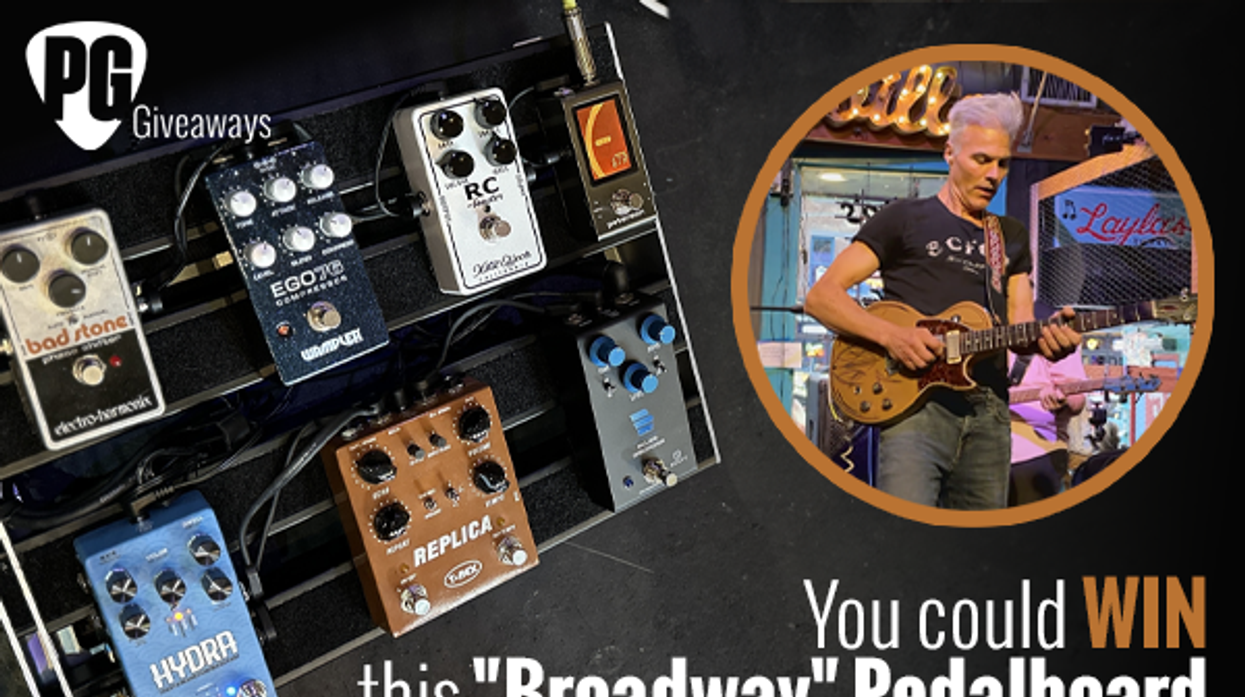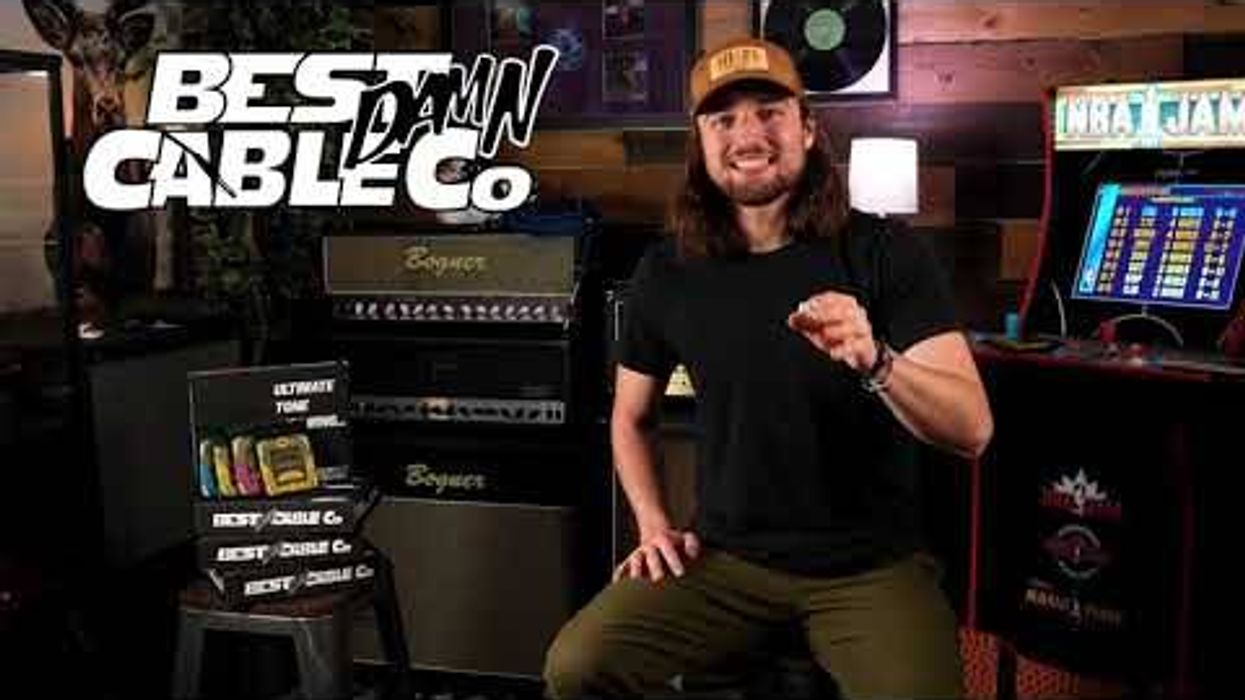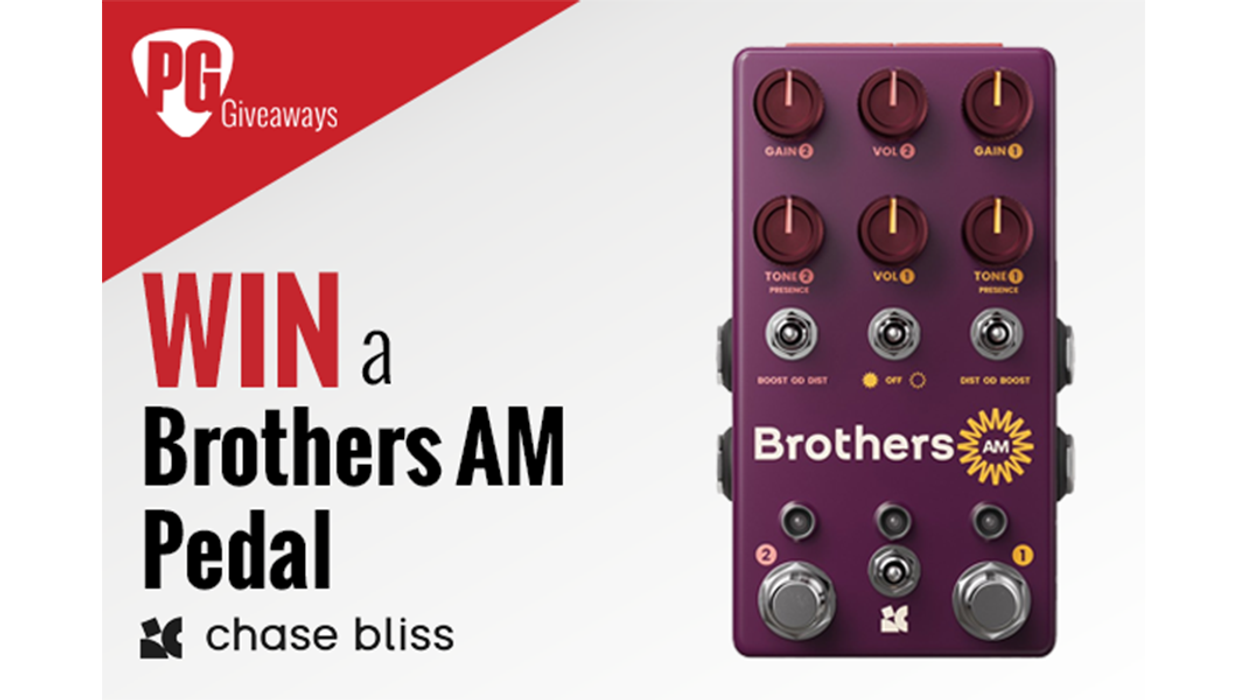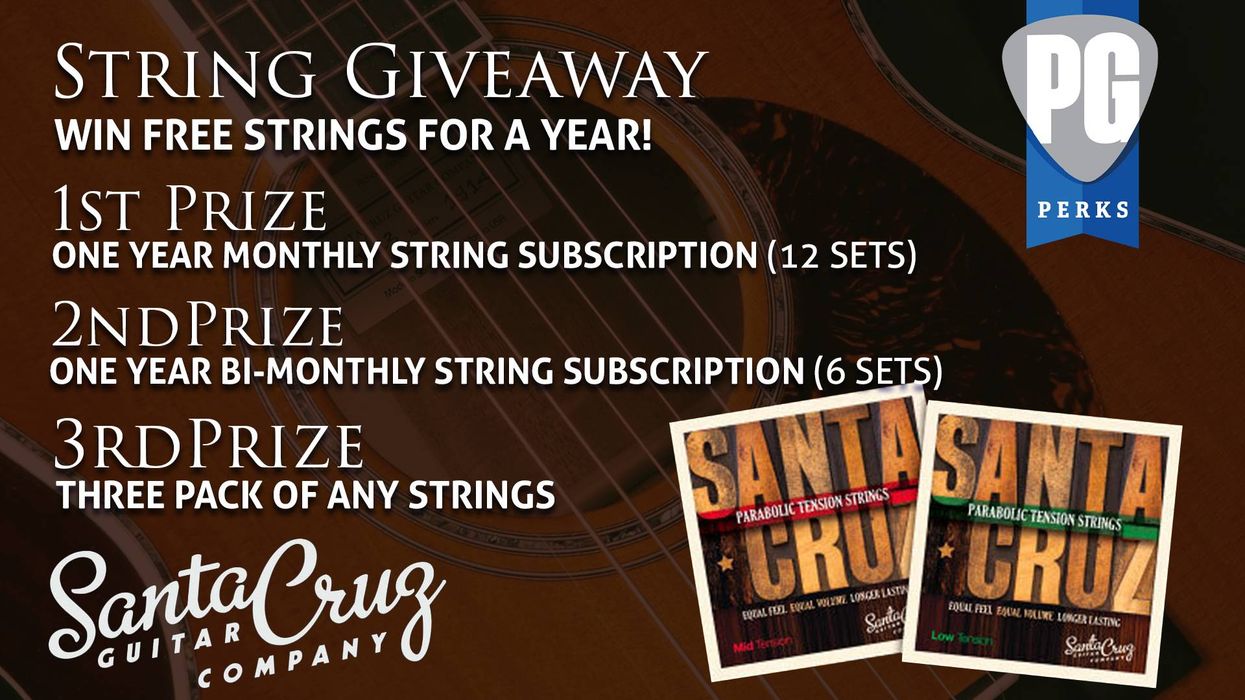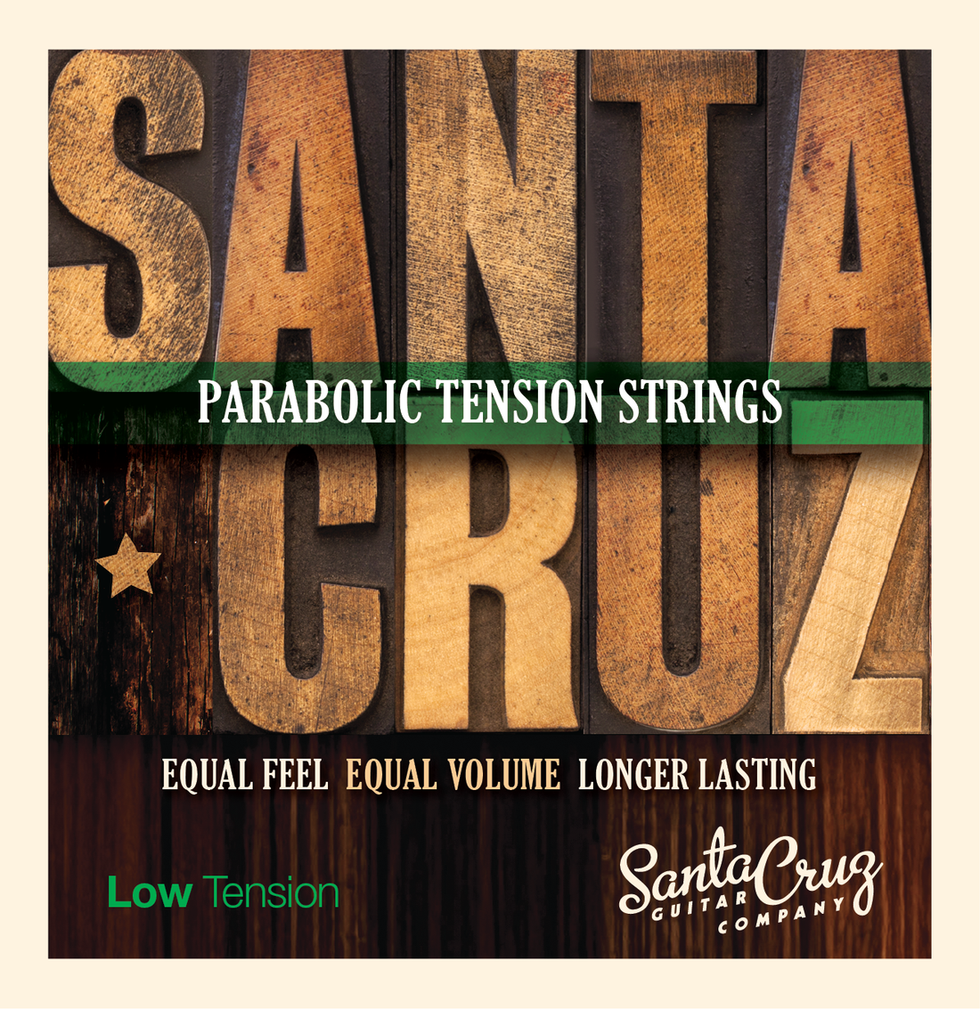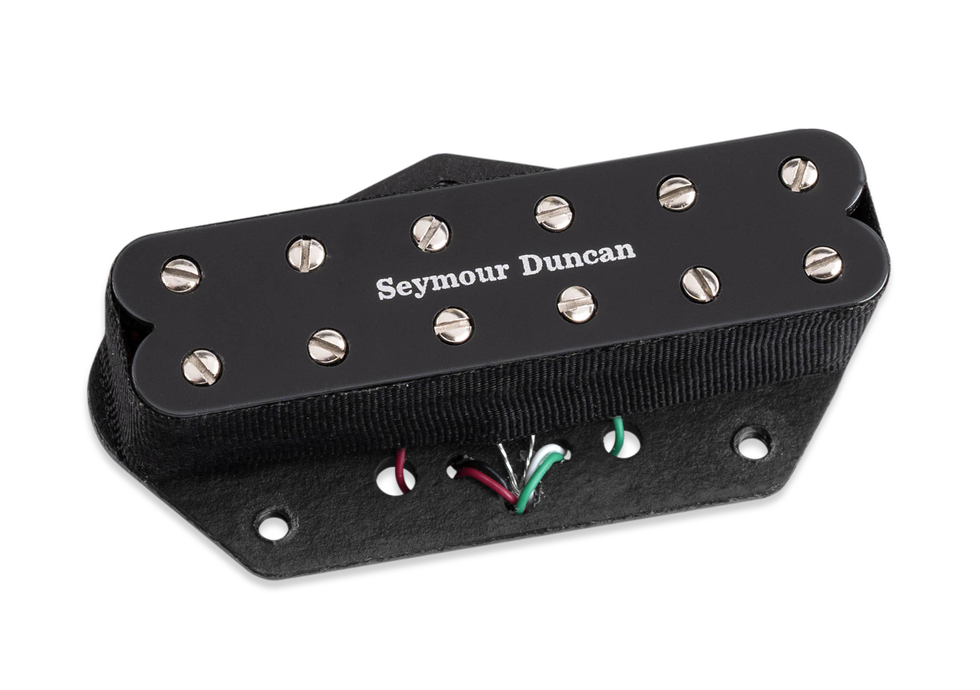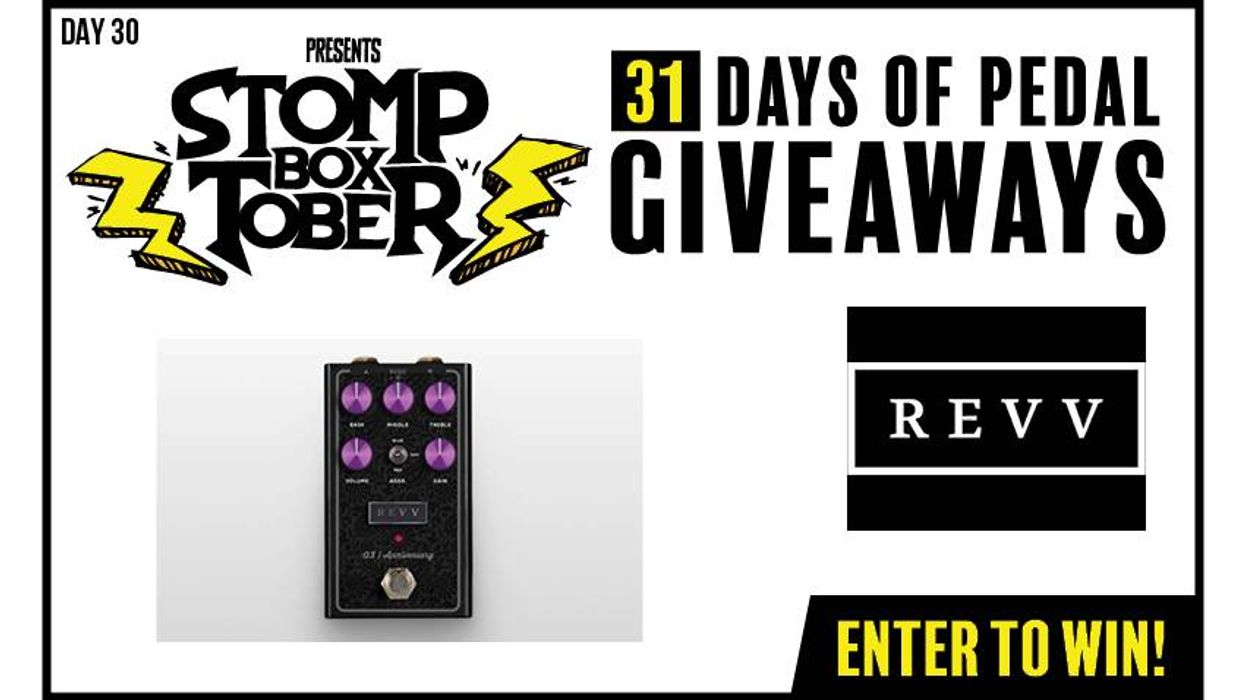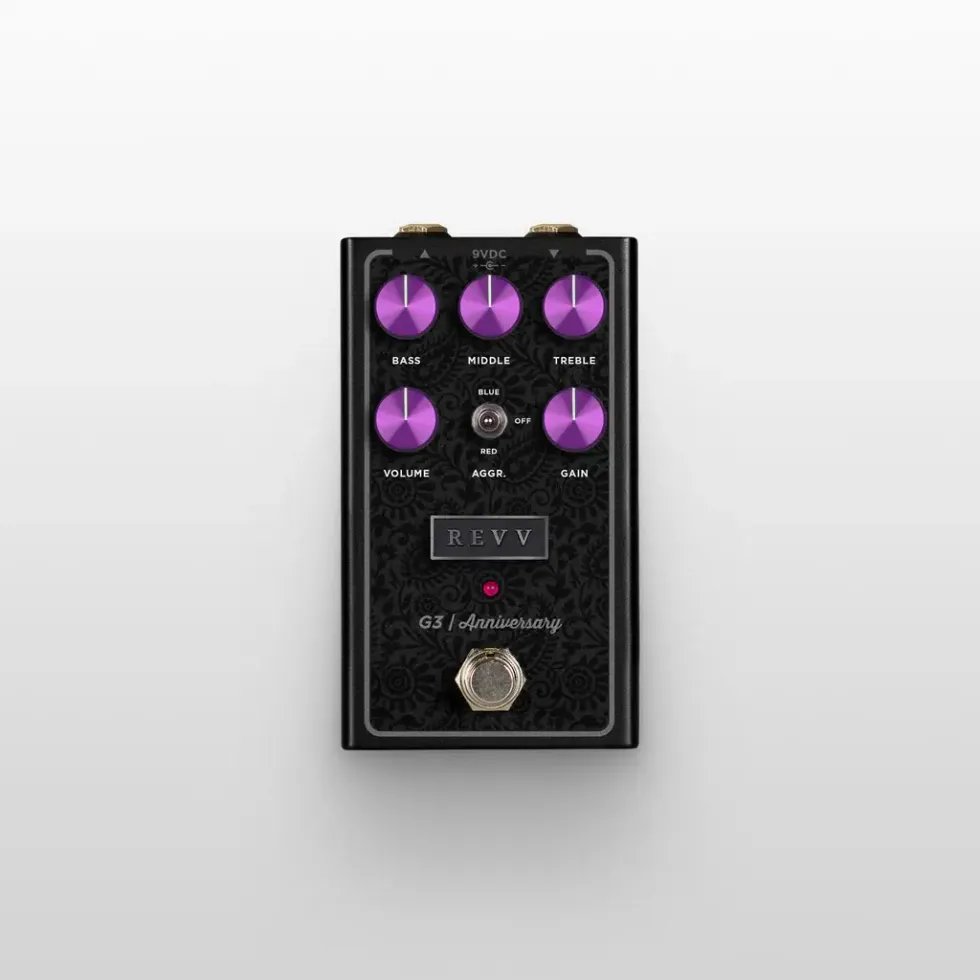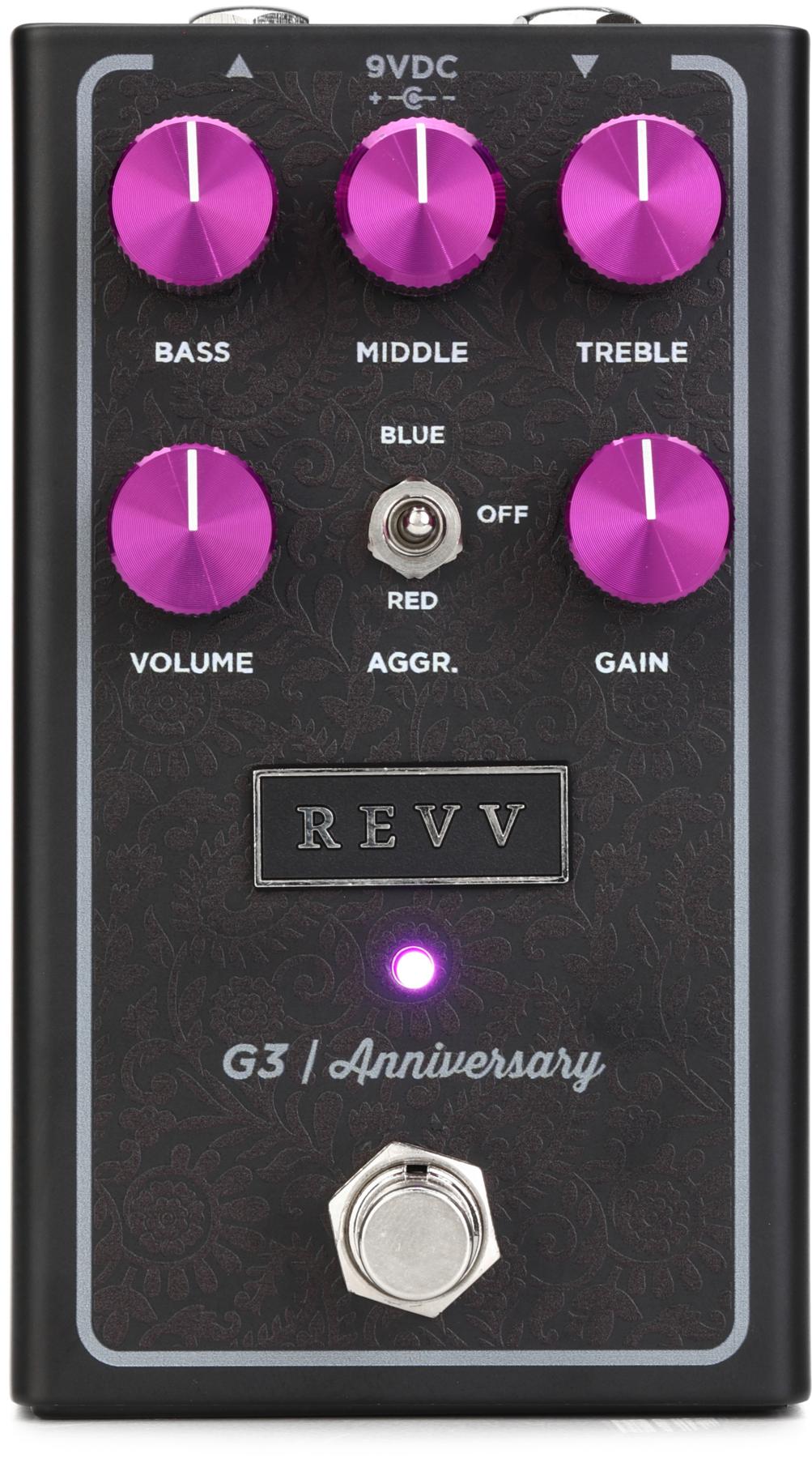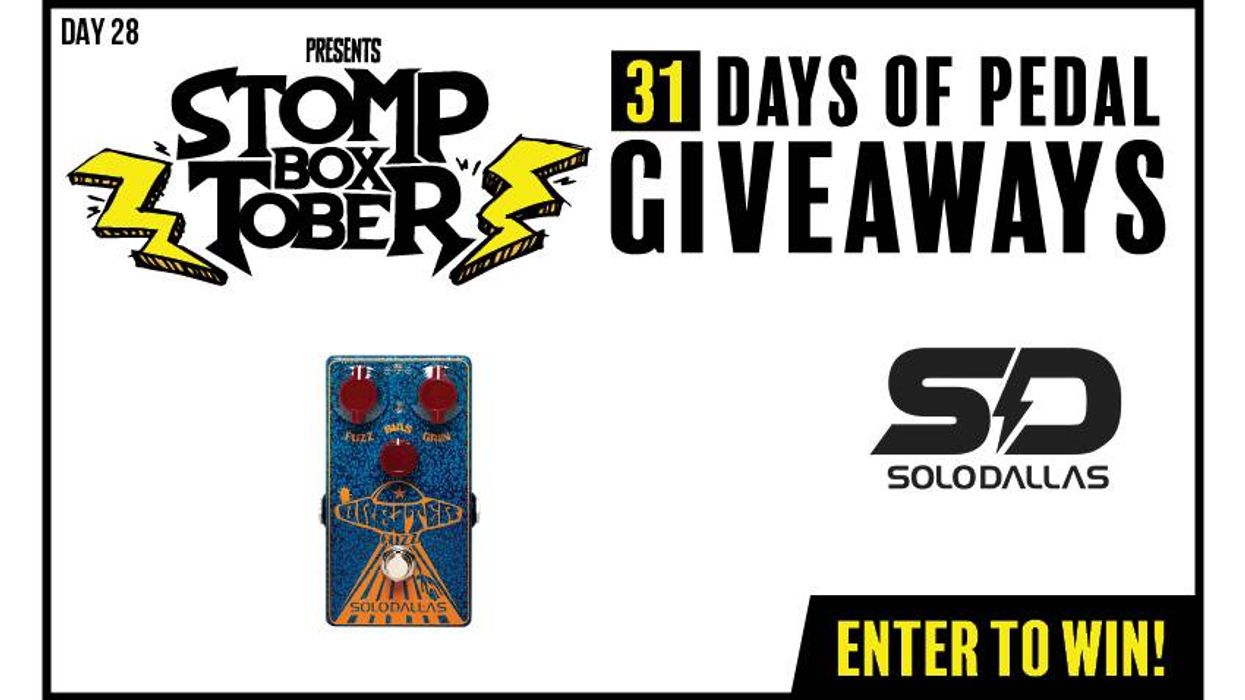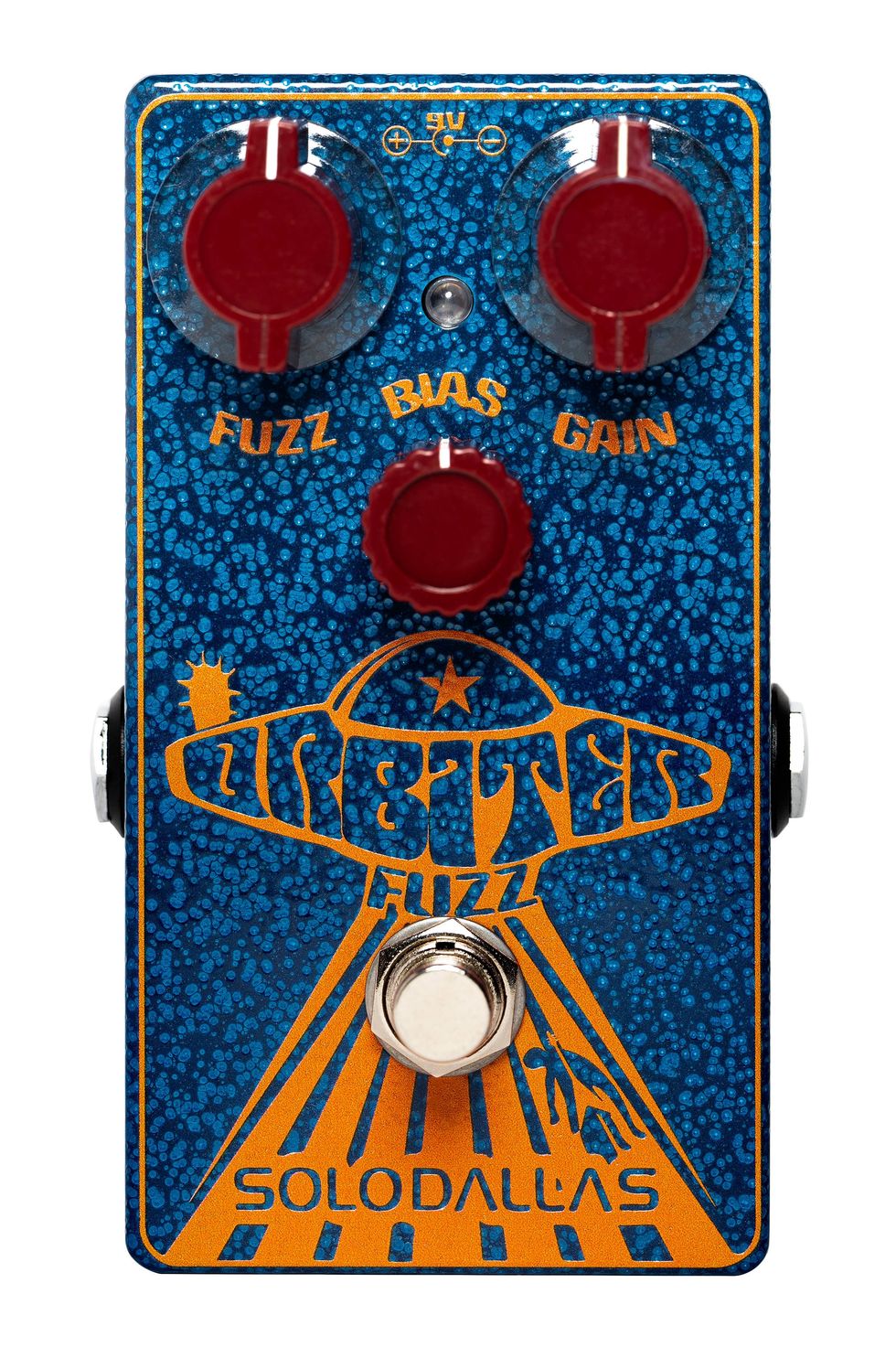You could WIN John Bohlinger's Ultimate Broadway Pedalboard, valued at over $1,900! Giveaway ends June 21, 2024. Enter and see the video below.
Bohlinger Builds the Ultimate Broadway Pedalboard for Gigging in Downtown Nashville
Win the Pedalboard:Subscribe to PG's Channel: http://bit.ly/SubscribePGYouTubeJB gets a little help from his pedal friends and puts together the ideal stomp ...The Prizes:
Peterson StroboStomp HD Pedal Tuner
Featuring the largest tuning display Peterson Tuners has ever incorporated into one of their pedal tuners, the StroboStomp HD boasts a high-definition, LCD screen that incorporates a variable color LED backlight. The user-selectable colors can be used to personalize the tuner or to increase display viewing quality in different levels of ambient lighting depending on the usage environment. The vibrant screen colors can also be assigned to stock or user presets to significantly reduce menu navigation time and increase on-stage tuning confidence at the gig.
For tone purists, the StroboStomp HD provides a 100% silent, true-bypass operation mode to keep precious tone safe, as well as eliminate the often annoying “pop” experienced when engaging such a feature in other products. It uses a unique series of timed relays incorporated within its circuitry to shunt the signal, draining the cause of the popping sound prior to breaking the connection, and effectively shutting the tuner down for direct play through without affecting tone quality.
The StroboStomp HD also includes a long-time, user-requested buffered output operation mode that can be user engaged. The buffered mode can be used in or out of monitor mode. It is designed to boost instrument drive to overcome potential tone loss in signal chains that incorporate multiple low-impedance guitar pedals or those that utilize long cable runs. The buffered output modes preserve sonic quality all through the instrument range and keep prized core tone intact.
The StroboStomp HD features over 100 exclusive Sweetened Tunings™ as well as numbered guided tuning presets for a large variety of instruments and playing styles. Sweetened Tunings are exclusive to Peterson tuning products and are designed to help correct inherent tuning issues exhibited by many instruments. The new "Guided Tunings" mode allows the StroboStomp HD to display numeric string values instead of traditional note names making for sure-fire intuitive and rapid re-tuning to any number of open and alternative tunings. The Guided Tuning mode was instituted for beginners who want to experiment with popular alternate tunings in addition to experienced players who employ multiple tunings in rapid succession. Numerically expressed scales are also included.
